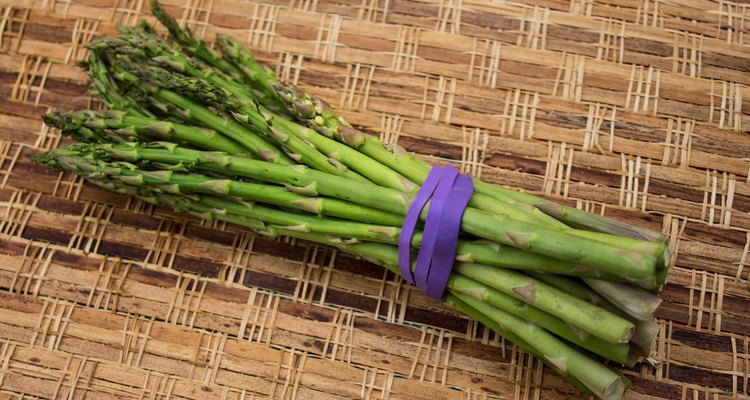
Asparagus is a vegetable commonly found year-round in the grocery store, thanks to modern cultivation techniques. Not only is it a highly nutritious vegetable full of vitamins, minerals and antioxidants, it's also low in fat and calories and is a source of dietary fiber. Treat your family to its delicious, delicate taste by selecting only the freshest and best quality spears and tips and avoiding those that are spoiled.
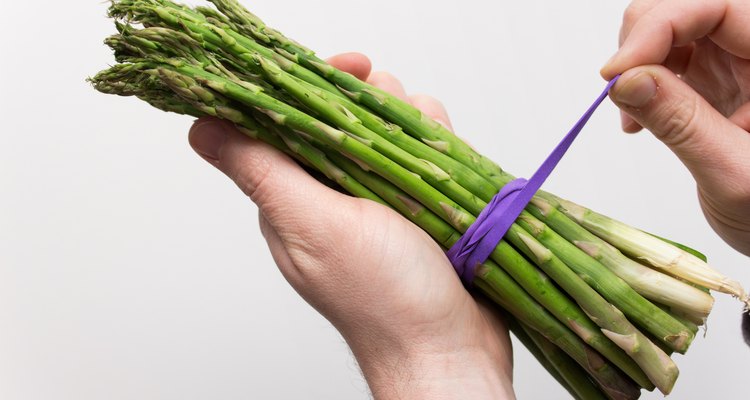
Check the asparagus spears to ensure they are firm and straight. Look where the bunch has been secured. If there are indentations where the rubber band or string was tied, avoid the asparagus as the bunch is starting to lose its freshness.

Check the tips, which should be tightly closed and either dark green or purple. Discard any that are light in color, beginning to turn yellow or have begun to turn to seed.
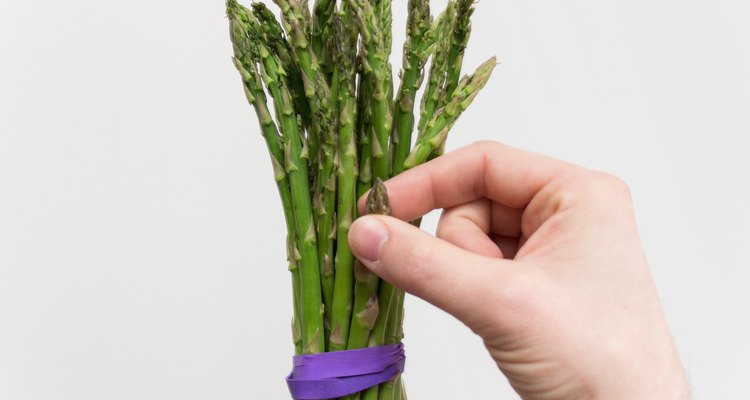
Look for wetness and slime, which is a sign the asparagus is past its prime. Fresh asparagus tips are firm and dry.
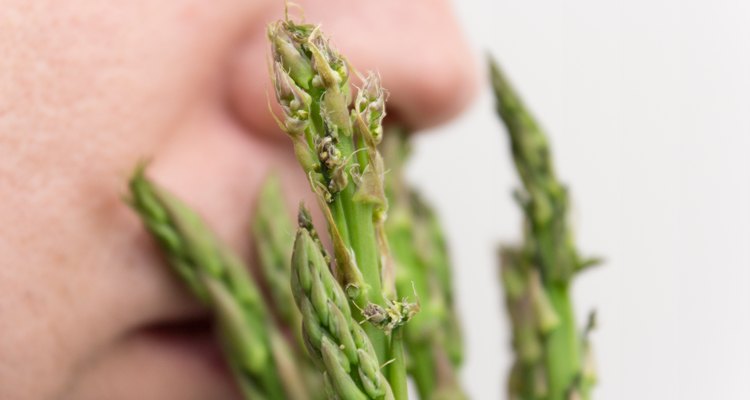
Smell the asparagus to see if it has a bad odor. Fresh spears have no smell. If you detect a bad odor, it is best to avoid the bunch.
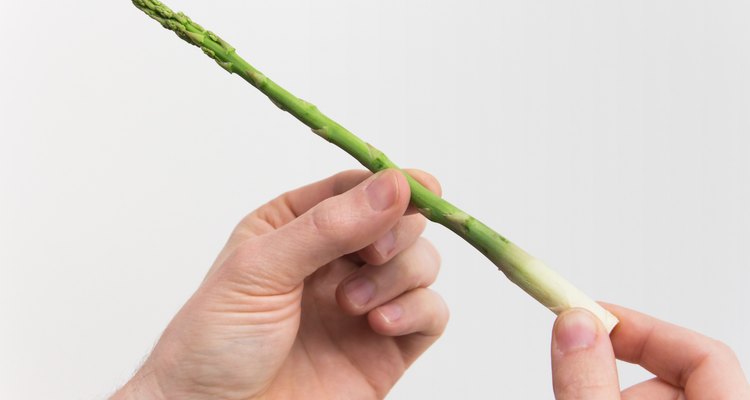
Avoid thick, ridged spears, which tend to be old and often have less flavor than thinner, fresher spears.
Related Articles

How to Eliminate Bitterness in Broccoli

How to Freeze Fresh Asparagus

How to Freeze Ramps & Wild Leeks

How to Juice a Daikon Radish
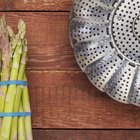
How to Steam Asparagus on the Stove

How Long Does It Take for Asparagus to ...

How to Store Brussels Sprouts

How to Roast White Asparagus

How Fast Does Cooked Spaghetti Squash ...
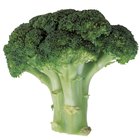
Can I Eat Broccoli's Stem?

How to Pan Fry Grouper

How to Boil Celery

How to Cook Oven-Roasted Corn
How to Store Your Fresh Cut Kale
How to Shred Daikon
How Do I Clean Water Cress?

Steamed or Boiled Cauliflower
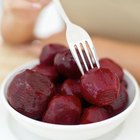
How to Boil Beetroot

Does Lobster Taste Better Boiled or ...
Lobster Menu Ideas
Photo Credits
Julia Kundert/Demand Media